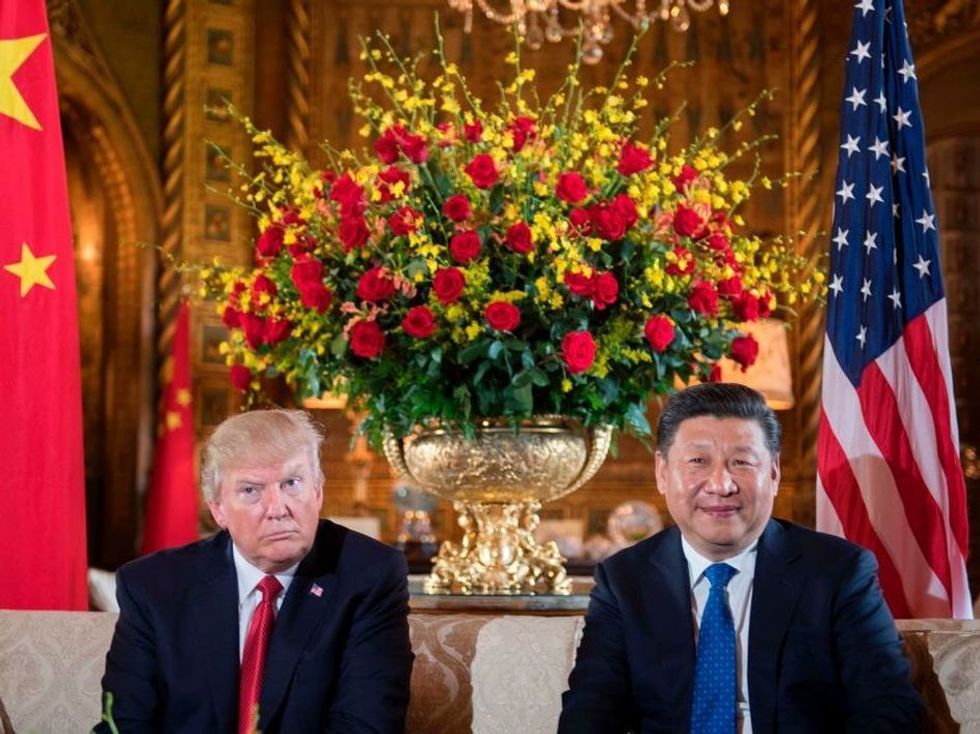As another week goes by, the United States and the rest of the world inch closer to a wide-spread conventional war. The two points for a flashpoint conflict are North Korea and Syria. Both either possess nuclear weapons or are backed by a nation that has nuclear weapons. Ironically, the day of decision was last Thursday, when President Trump met with Chinese President Xi Jinping in Florida. Not only did the missile strike occur on Thursday, but Trump launched it in the middle of the meeting! President Xi had no comment about the military action at that time. Despite President Jinping’s lack of words, a Chinese analyst said, “It is highly likely that the Syria bombing was part of an elaborate plan by Trump to send a clear message to China that Washington is willing to go it alone unilaterally if and when necessary.”
This makes the strikes on Syria and our recent provocations in the South China Sea even more frightening. Though President Xi did ensure Trump that the Peoples Republic of China would ramp up economic sanctions against North Korea, the United States Navy strike group USS Carl Vinson was dispatched to the western Pacific on Sunday, April 9. This gesture seems to be a demonstration of US power in the region, and in the wake of the Syrian attacks it would be more likely than not for the US to take military action in North Korea.
Shifting gears, let’s talk about the ramifications of the recent Syrian strike. On the same day of the airstrikes, Secretary of State Rex Tillerson took a hardline stance against Russia. Last Thursday was also the day before his first official trip to Moscow. Tillerson called Russia “incompetent” for letting Assad and Syria possess chemical weapons. It seems that the administration has taken a progressively harder stance on Russia since the internal investigations have started to investigate Trump's administration.
President of Russia, Vladimir Putin, made a statement after these attacks claiming that the United States had crossed a red line and that they were violating international norms in terms of attacking a sovereign state. Iran and Russia have both pledged allegiance to Syria and the Assad regime and will defend them against foreign enemies. Additionally, the communication hotline between Russia and the United States was severed by Russia last Friday. This is the hotline where each leader discloses information in terms of military exercises or military strikes that may implicate the other leader. Russia also suspended a 2015 memorandum of understanding with the United States in terms of attacking US positions in Syria. This functionally means Russia could attack our positions within Syria, along with the rebel forces who we support.
Other members of the Russian government, like Prime Minister Dmitry Medvedev, have said that the United States strikes put them and Russia “on the verge of a military clash.” It seems that some of the worst hotspots in the world have become even more vulnerable to an escalation that would into full-scale conflicts, both conventional and nuclear. North Korea remains a balancing act between diplomacy and obliteration, while Syria remains the one of the most controversial conflicts to date. In either case, there is a larger narrative than the local conflicts. Both scenarios have direct interactions with major superpowers. Either of these situations could spark World War III. Let us hope that we do not exhaust all our diplomatic potentials and that these conflicts diffuse with minimal destruction.






















